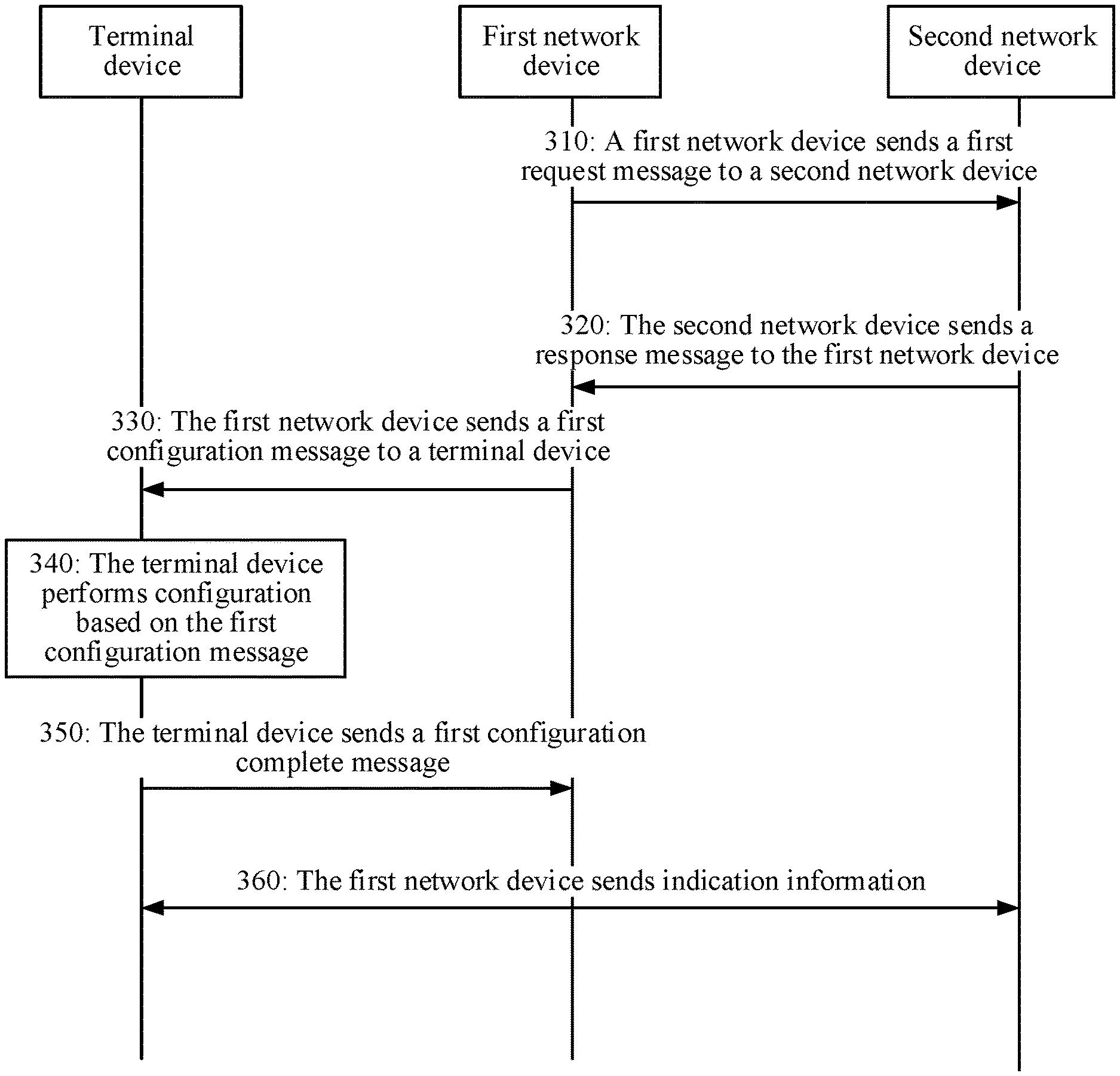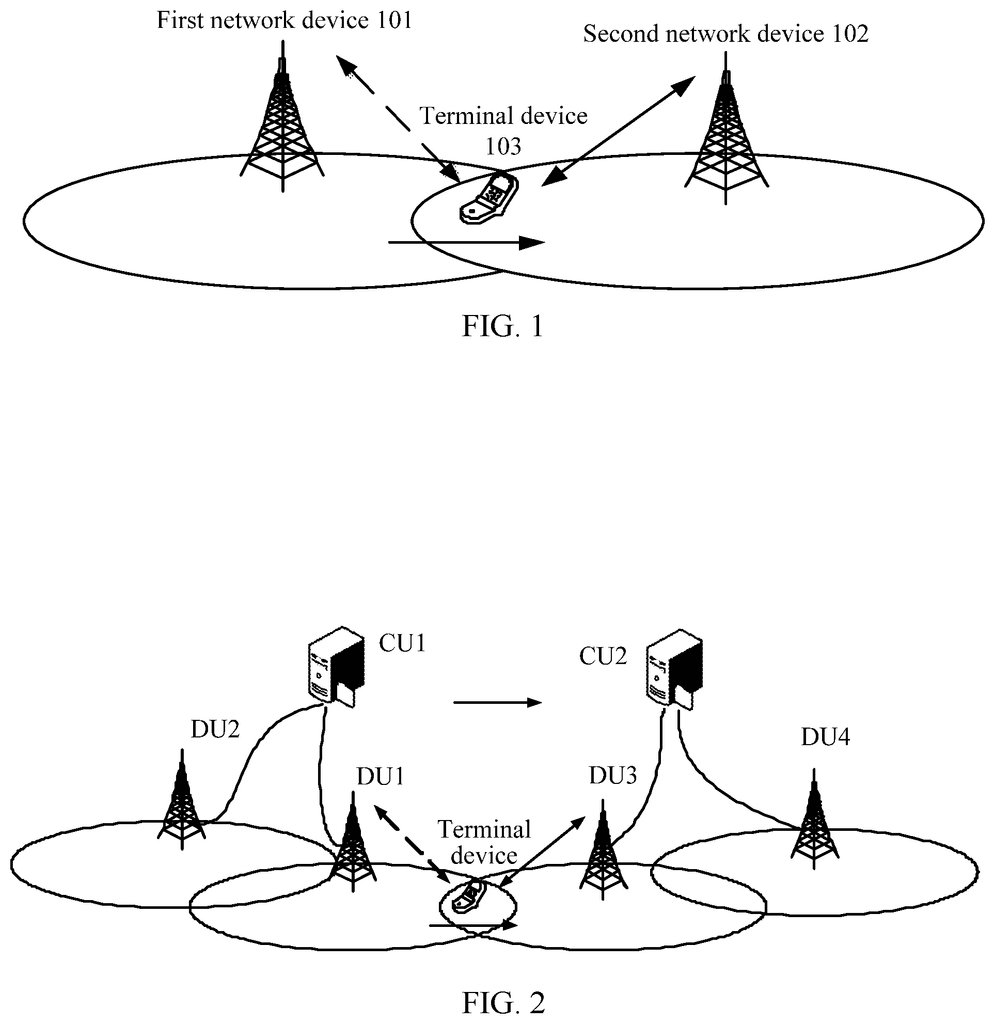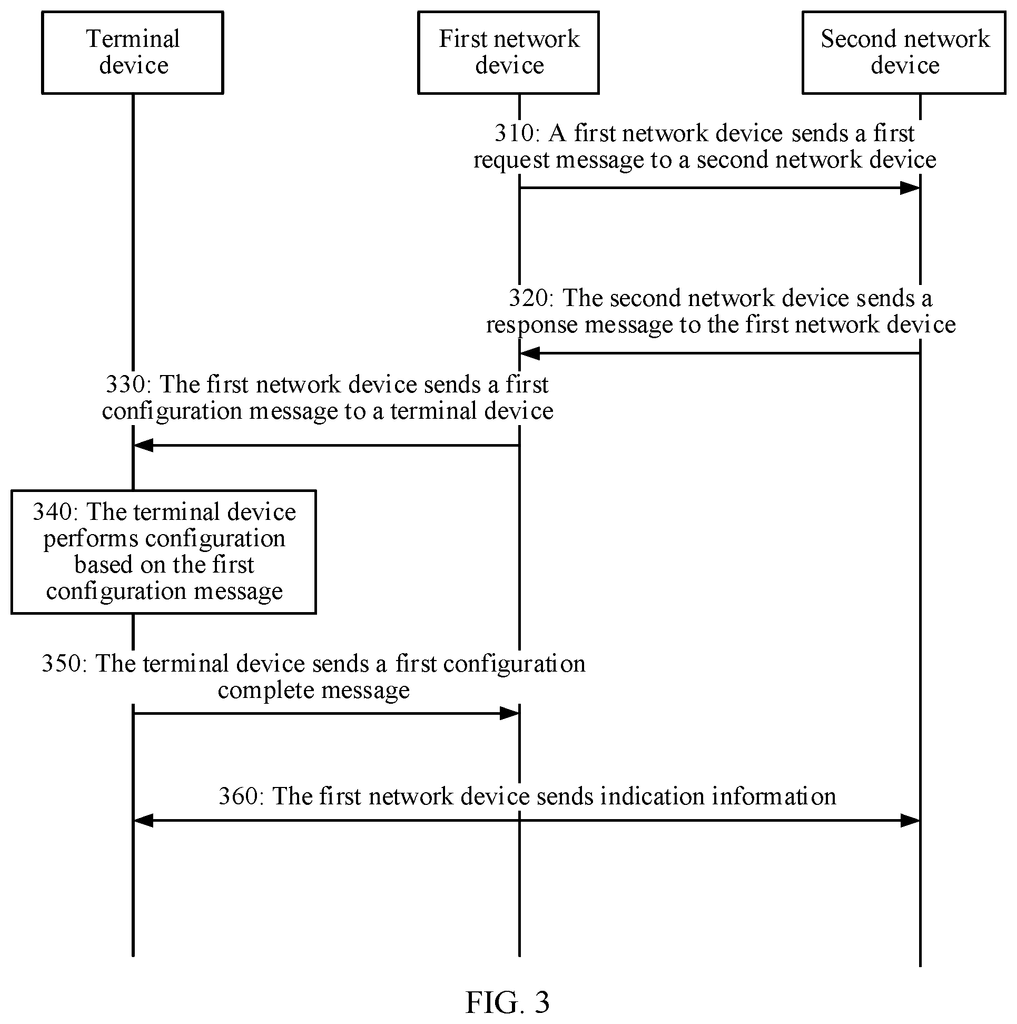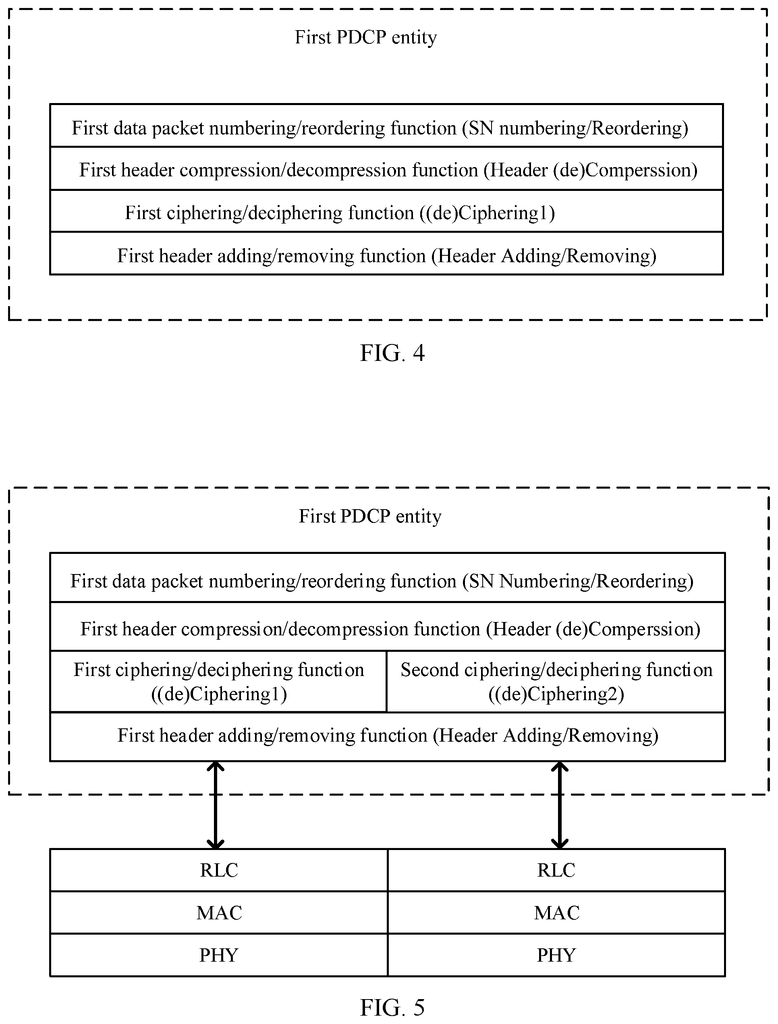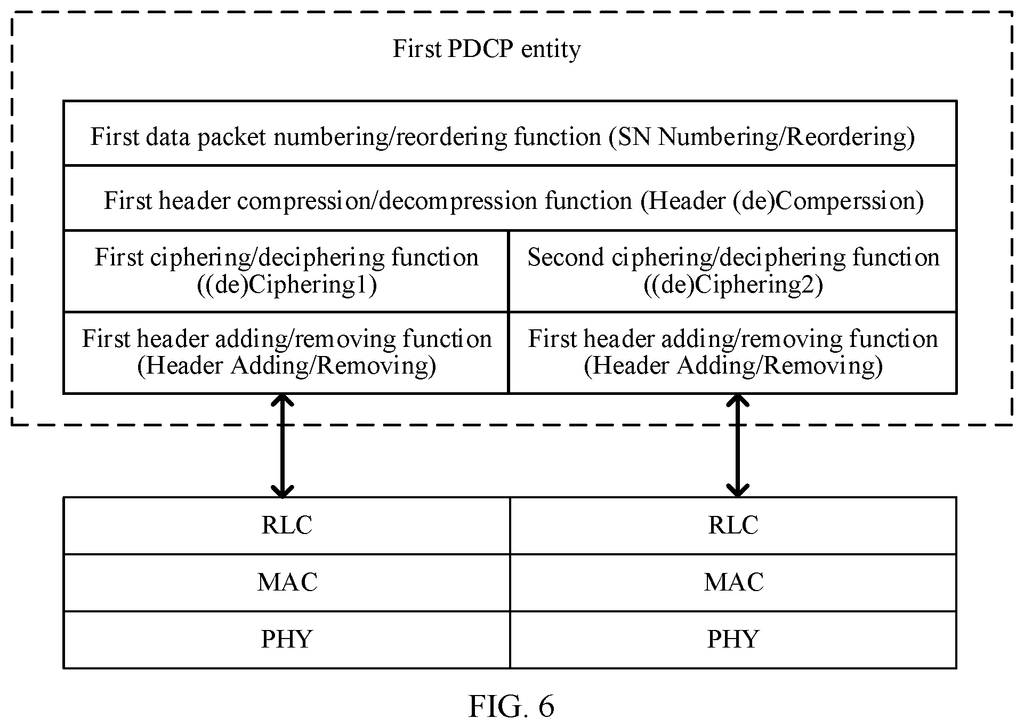Invented by Hong Wang, Wei Quan, Jian Zhang, Huawei Technologies Co Ltd
One of the main drivers of this market is the increasing prevalence of multiple devices in our daily lives. With the rise of smartphones, tablets, laptops, and smartwatches, it has become common for individuals to own and use multiple devices simultaneously. However, this also poses a challenge when it comes to transferring information and tasks between these devices.
Handover methods and devices aim to address this challenge by providing a seamless and convenient way to transfer data and tasks from one device to another. These methods can include technologies such as Bluetooth, Wi-Fi, NFC (Near Field Communication), and cloud-based solutions. Handover devices, on the other hand, can be physical devices that facilitate the transfer, such as docking stations or adapters.
One of the key sectors driving the demand for handover methods and devices is the business sector. In today’s fast-paced and interconnected world, businesses rely heavily on technology to carry out their operations. Employees often need to switch between devices, such as laptops and smartphones, to access and work on important documents or tasks. Handover methods and devices enable them to seamlessly transfer their work from one device to another, without any disruption or loss of productivity.
Another sector that is driving the market for handover methods and devices is the consumer sector. With the increasing popularity of smart homes and Internet of Things (IoT) devices, consumers are looking for ways to easily transfer information and tasks between their various devices. For example, a user might want to start watching a movie on their smartphone and then seamlessly continue watching it on their smart TV. Handover methods and devices make this possible, providing a seamless and convenient user experience.
The market for handover methods and devices is also being driven by advancements in technology. As technology continues to evolve, new and improved handover methods and devices are being developed. For example, the introduction of 5G technology is expected to significantly enhance the capabilities of handover methods by providing faster and more reliable connectivity.
In conclusion, the market for handover methods and devices is experiencing steady growth due to the increasing prevalence of multiple devices in our daily lives, the need for seamless data and task transfer in both the business and consumer sectors, and advancements in technology. As the demand for more efficient and convenient ways to transfer information and tasks between devices continues to grow, the market for handover methods and devices is expected to expand further in the coming years.
The Huawei Technologies Co Ltd invention works as follows
A method includes: sending, by a first network device, a first configuration message to a terminal device, where the first configuration message is used to instruct the terminal device to configure a second ciphering/deciphering function associated with a second network device and share a first data packet numbering/reordering function, and the terminal device is configured with the first data packet numbering/reordering function and a first ciphering/deciphering function associated with the first network device; and receiving, by the first network device, a first configuration complete message sent by the terminal device. In this embodiment, the terminal device configures the second network device using the first configuration message. The terminal device can transmit data simultaneously with the second network and first network devices during the handover to reduce or eliminate a service interruption caused by the handover.
Background for Handover Method and Device
Mobile communication does not only aim for maximum capacity, but also a wide coverage range. That is, radio network signals are available wherever the terminal device is. Bell Laboratories of America developed the concept of cellular network to solve a problem of limited frequencies, increase system capacity, and extend coverage ranges. Cellular networking divides a network service into multiple coverage areas, using a hexagonal pattern as the basic geometric shape. Each coverage area is called a “cellular cell”. In a cellular network, a transmitter of relatively low power is used to serve a cell. A large number of terminal devices can be arranged in a small area. In reality, not every terminal device can provide all services continuously in a cell. In order to ensure that communication processes are not interrupted, a terminal device should be given the service when it enters the cell next door. In a mobile communication system, handover is the process of transferring a communication link from one cell to another.
In the prior art, with increasing service types, data volumes and terminal device speeds, the requirement for a service interruption in a process of handover is becoming more stringent. Mobile office, mobile video, wireless automobile control and wireless train controls all prefer zero interruptions. In the prior art however, services are usually interrupted when they are handed over, which can affect user experience.
It is important to find a solution for the problem of how to minimize or avoid service interruptions during handover.
Embodiments in this application provide both a method of handover and a device to minimize or avoid service interruptions during handover.
In one embodiment, there is a method of handover. The method includes the following:
sending, by a first network device, a first configuration message to a terminal device, where the first configuration message is used to instruct the terminal device to configure a second ciphering/deciphering function associated with a second network device and share a first data packet numbering/reordering function, and the terminal device is configured with the first data packet numbering/reordering function and a first ciphering/deciphering function associated with the first network device; and
Receiving, by the first device on the network, a message containing the first configuration completed sent by the terminal.
In this embodiment, therefore, the first message of configuration is used to configure the functions of the second network device by the terminal device. The terminal device can transmit data simultaneously with the first and second network devices during the handover to minimize or avoid service interruptions caused by the handover.
It should be understood that in this embodiment of this application, the first ciphering/deciphering function configured for the terminal device not only can perform ciphering processing on data, but also can perform deciphering processing on data. ?/? indicates that the first ciphering/deciphering function can choose to perform only one corresponding processing on same data. For example, the first ciphering/deciphering function may perform ciphering processing on uplink data, and the first ciphering/deciphering function may perform deciphering processing on downlink data. The first data packet numbering/reordering functions can not only perform numbering on data but can also perform reordering on data. ?/? This indicates that the data packet numbering/reordering functions can perform only one processing of the same data. The first data pack numbering/reordering functions may, for example, perform numbering on uplink data and the first numbering/reordering functions may perform reordering on downlink. Another function in this specification also has a similar functionality, so to avoid repetition details are not listed one by one again.
In one embodiment, the method includes the following:
sending a first message of request by the first device to the network device 2
a first security code that is assigned by the first network device to a second network device, and is associated with the terminal;
a second key used by the terminal device that is also associated with the first network device.
first indication information indicating that the terminal device has a multi-connection-based handover capability;
second indication information that indicates the terminal device is capable of multi-connection communication; and
third indication information” indicating if the data sent by the first device to the second device is a repeat version or not;
receiving by the first device a response sent by the other device. The response message is used as a way to show that the second device has accepted a request from the first device.
a third security code allocated by the second device network to the terminal device
A configuration parameter used by a second network device to set up a Packet Data Convergence Protocol entity (Packet Data Convergence Protocol PDCP) of the terminal device
a configuration parameter used by the second network device to configure the terminal device to establish a second header adding/removing function and/or the second ciphering/deciphering function and/or a second header compression/decompression function corresponding to the second network device;
fourth indicator information indicating the terminal device uses first data packet numbering/reordering functionality; and
Click here to view the patent on Google Patents.
